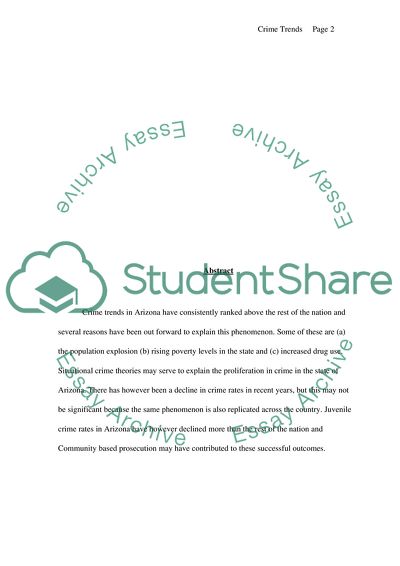Cite this document
(Crime Trends in Arizona Case Study Example | Topics and Well Written Essays - 1921 words, n.d.)
Crime Trends in Arizona Case Study Example | Topics and Well Written Essays - 1921 words. Retrieved from https://studentshare.org/law/1715511-state-report
Crime Trends in Arizona Case Study Example | Topics and Well Written Essays - 1921 words. Retrieved from https://studentshare.org/law/1715511-state-report
(Crime Trends in Arizona Case Study Example | Topics and Well Written Essays - 1921 Words)
Crime Trends in Arizona Case Study Example | Topics and Well Written Essays - 1921 Words. https://studentshare.org/law/1715511-state-report.
Crime Trends in Arizona Case Study Example | Topics and Well Written Essays - 1921 Words. https://studentshare.org/law/1715511-state-report.
“Crime Trends in Arizona Case Study Example | Topics and Well Written Essays - 1921 Words”, n.d. https://studentshare.org/law/1715511-state-report.


